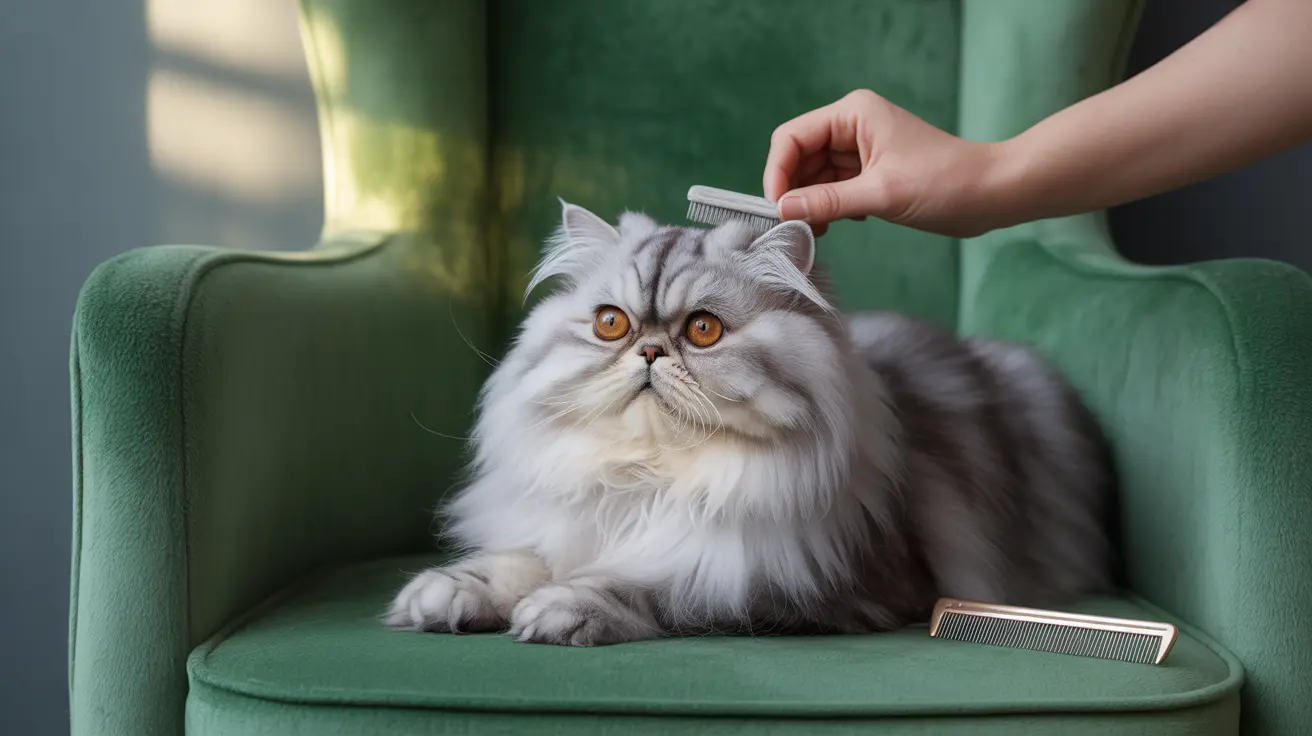Flat face cats, known for their distinctive squished appearance and endearing expressions, have become increasingly popular among pet owners. These brachycephalic breeds, including Persians, Himalayans, and Exotic Shorthairs, capture hearts with their unique looks. However, their distinctive facial structure comes with specific health considerations that every current or prospective owner should understand.
What Makes a Cat Flat-Faced?
Flat-faced cats are characterized by their shortened skull structure, technically known as brachycephaly. This genetic trait results in a compressed face, broad head, and dramatically shortened nose. While this creates their signature "sweet" expression, it also fundamentally alters their facial anatomy, affecting everything from breathing passages to dental alignment.
Common Flat-Faced Cat Breeds
Several popular cat breeds exhibit flat-faced characteristics:
- Persian cats - The most well-known brachycephalic breed
- Himalayan cats - Combining Persian and Siamese features
- Exotic Shorthairs - Similar to Persians but with shorter fur
- British Shorthairs - Some lines show mild brachycephalic features
Health Challenges of Flat-Faced Cats
Respiratory Issues
The shortened facial structure of flat-faced cats often leads to breathing difficulties, collectively known as Brachycephalic Airway Syndrome (BOAS). Common symptoms include:
- Noisy breathing or snoring
- Exercise intolerance
- Difficulty breathing during hot weather
- Increased risk of respiratory infections
Dental Problems
The compressed jaw structure means these cats often struggle with dental issues:
- Overcrowded teeth
- Misaligned bite
- Higher risk of periodontal disease
- Difficulty eating or grooming
Eye Conditions
Their prominent, bulging eyes are prone to several problems:
- Excessive tearing
- Eye infections
- Corneal ulcers
- Difficulty blinking completely
Special Care Requirements
Owning a flat-faced cat requires dedicated attention to their unique needs:
- Regular veterinary check-ups
- Careful monitoring during hot weather
- Special dental care routines
- Gentle facial cleaning to prevent skin fold infections
- Temperature-controlled environment
Frequently Asked Questions
What common health problems do flat-faced (brachycephalic) cats experience?
Flat-faced cats commonly experience respiratory issues (BOAS), dental problems due to overcrowded teeth, eye conditions including excessive tearing and ulcers, and skin fold infections. They may also struggle with heat tolerance and exercise capacity.
How can I tell if my flat-faced cat has breathing difficulties or brachycephalic airway syndrome?
Watch for signs such as noisy breathing, snoring even while awake, rapid tiring during play, open-mouth breathing, and blue-tinted gums or tongue. These symptoms warrant immediate veterinary attention.
Why do flat-faced cats often have dental issues, and how can I care for their teeth properly?
Their shortened jaws lead to overcrowded teeth, making them prone to dental disease. Maintain oral health through regular brushing, professional dental cleanings, and dental-friendly diets recommended by your veterinarian.
Are there special precautions I should take to keep my flat-faced cat comfortable in hot weather?
Keep your cat in air-conditioned spaces during hot weather, provide plenty of fresh water, avoid strenuous activity during peak heat, and watch for signs of overheating such as excessive panting or lethargy.
What should I look for when choosing a breeder to ensure healthier flat-faced cats?
Select breeders who prioritize health over extreme facial features, perform genetic health testing, provide medical records for their breeding cats, and maintain clean, professional facilities. Ask about their breeding philosophy regarding facial structure moderation.
Conclusion
While flat-faced cats make wonderful companions, potential owners should carefully consider the special care requirements and health challenges these breeds face. Understanding these needs helps ensure a happy, healthy life for these unique felines. Regular veterinary care, proper monitoring, and dedicated attention to their specific needs are essential for maintaining their well-being.






